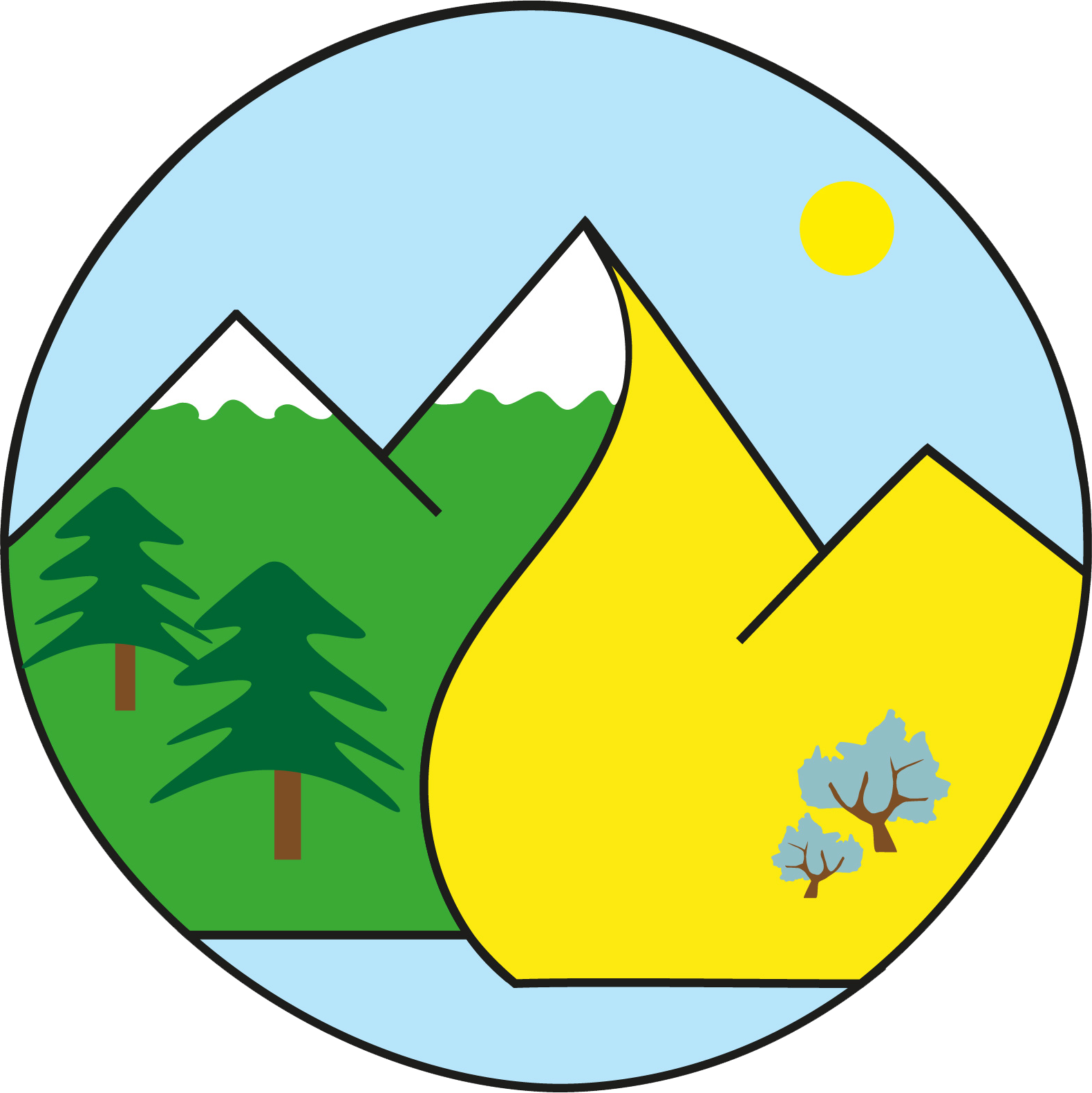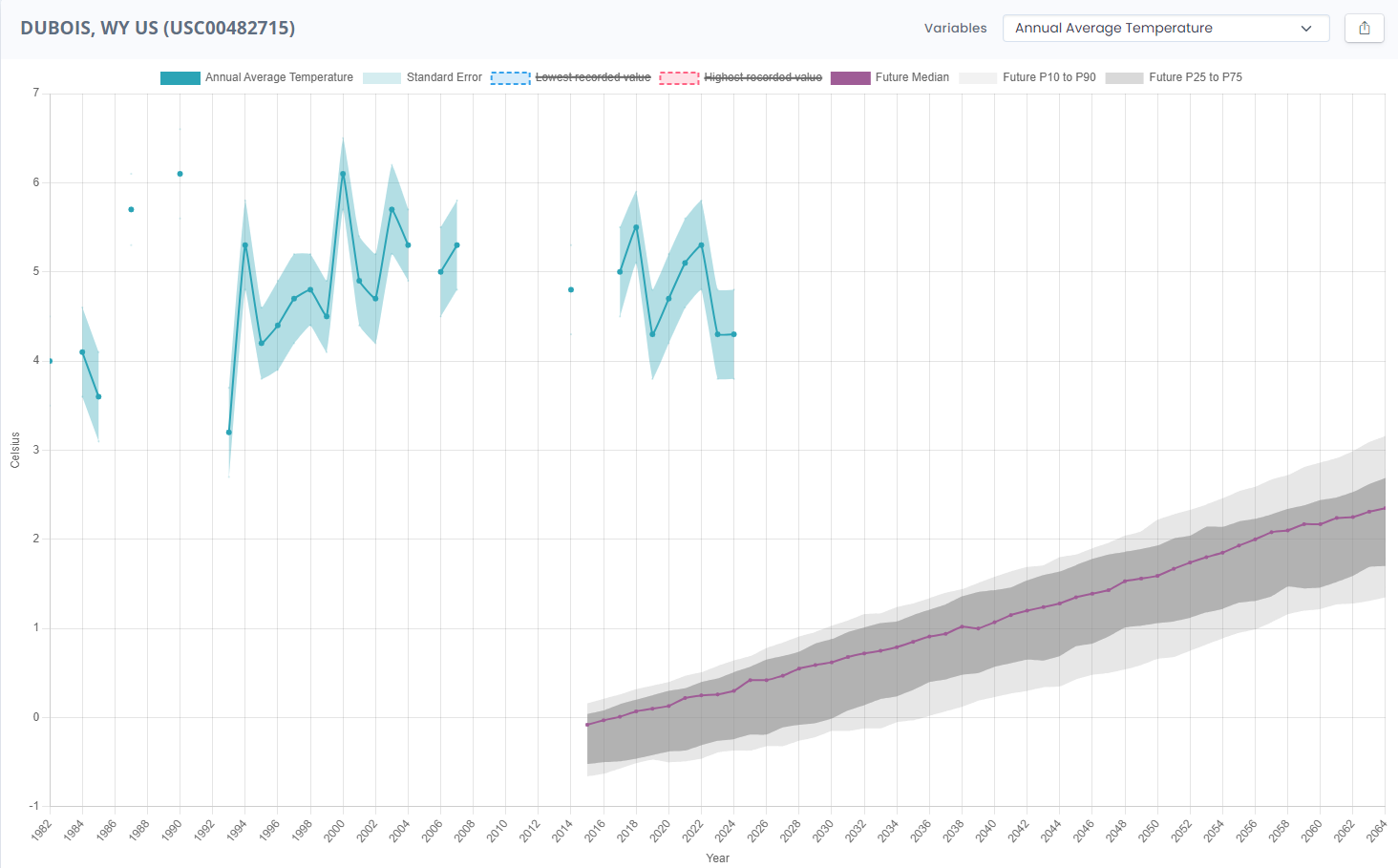Overview
This lesson engages students in comparing observed weather station data with modeled climate data using WY-Adapt. Through this exploration, students encounter two key types of scientific uncertainty: observational uncertainty (limitations in how and what we measure) and climate model uncertainty (limitations in the models used to explain or predict phenomena). The Moment of Uncertainty framework created by the Investigations Project guides the lesson, helping teachers surface uncertainty, support discussion, and use those moments to deepen learning.
Goals
- Identify differences and similarities between observational weather station data and modeled climate data at given locations
- Recognize sources of scientific uncertainty in both observed and modeled data
- Engage in discussion and reasoning about data reliability
- Reflect on the importance of uncertainty in scientific research and decision-making
Implementation & Outcomes
- Adapted from the Model Bias Activity created by the Wyoming Anticipating the Climate-Water Transition (WyACT) team at the University of Wyoming
- Piloted with three TRKE high school science teachers (grades 9-12) as part of a University of Wyoming research study on how students engage with scientific uncertainty
- Adaptable to different classroom contexts, including choice of locations, access points and prompts
Resources & Links
- Observational and Climate Model Uncertainty Lesson Guide & Plan
- Example WY-Adapt Graphs for Uncertainty Activity
- Moment of Uncertainty Framework Post
- Investigations Project Website
- WY-Adapt Dashboards
Contact for More Information
For more details about this program or to learn how to incorporate similar activities in your school, please reach out to the TRKE program coordinators at smtcpd@uwyo.edu.


